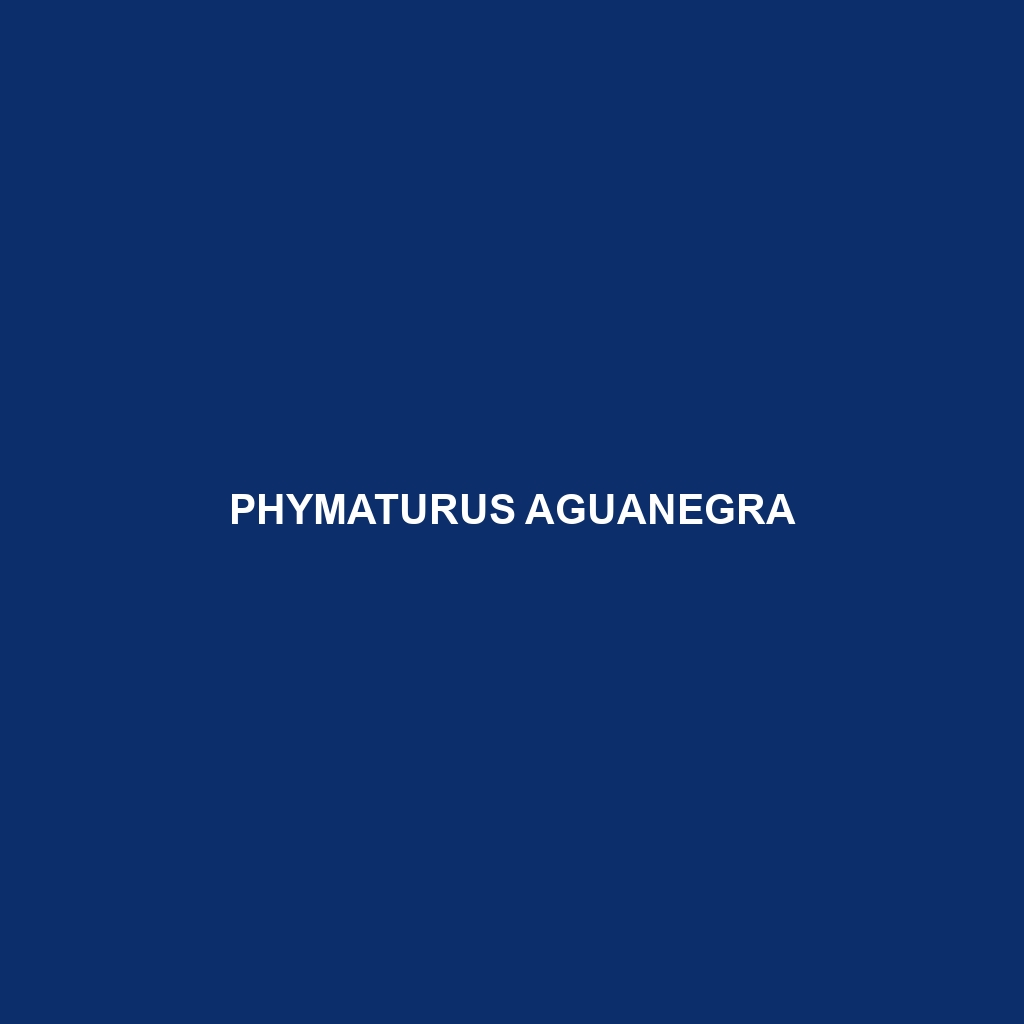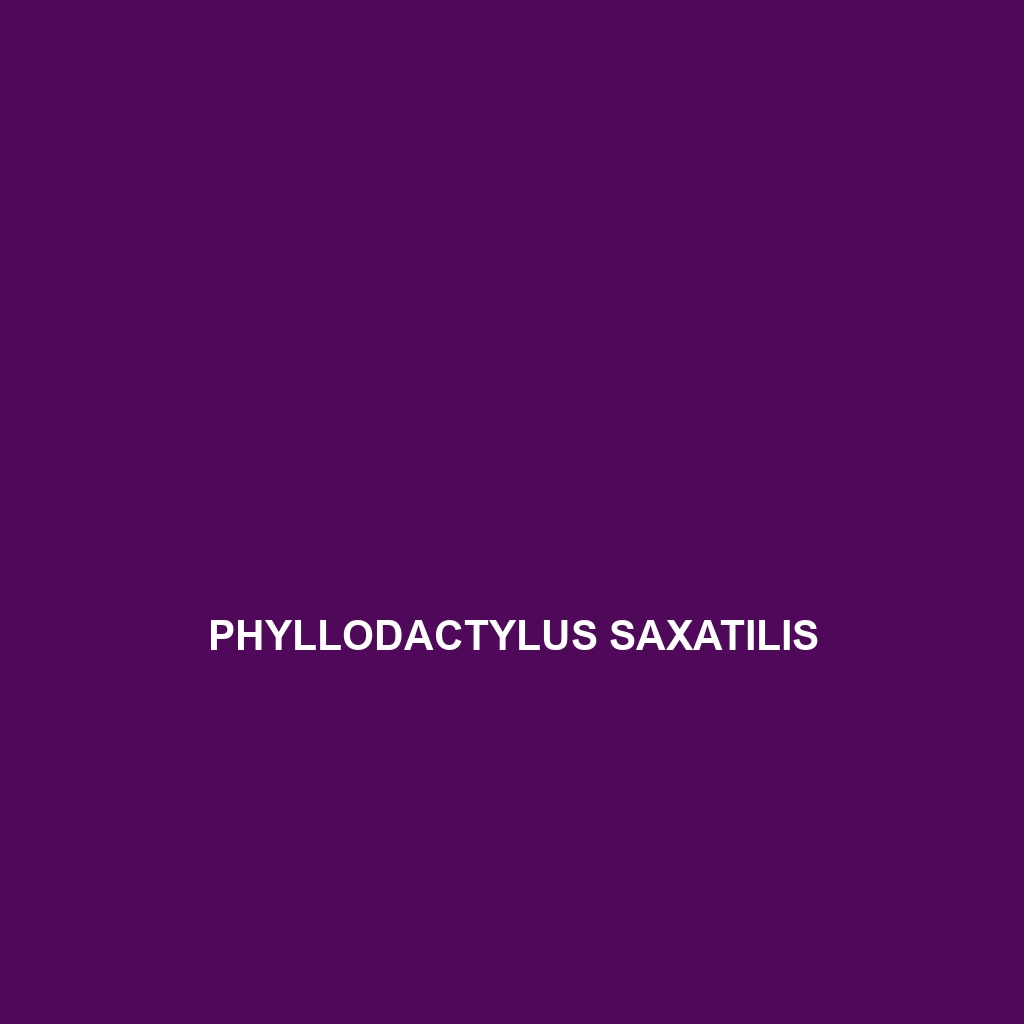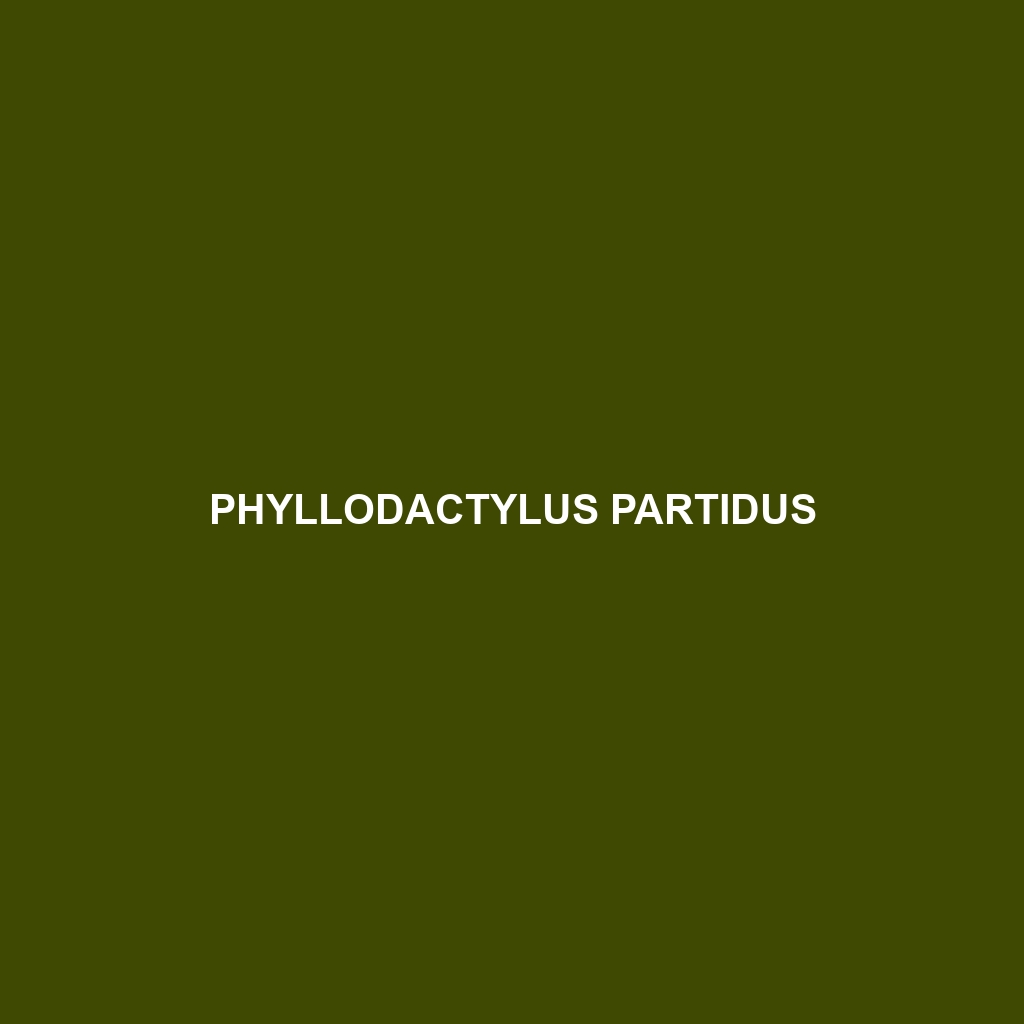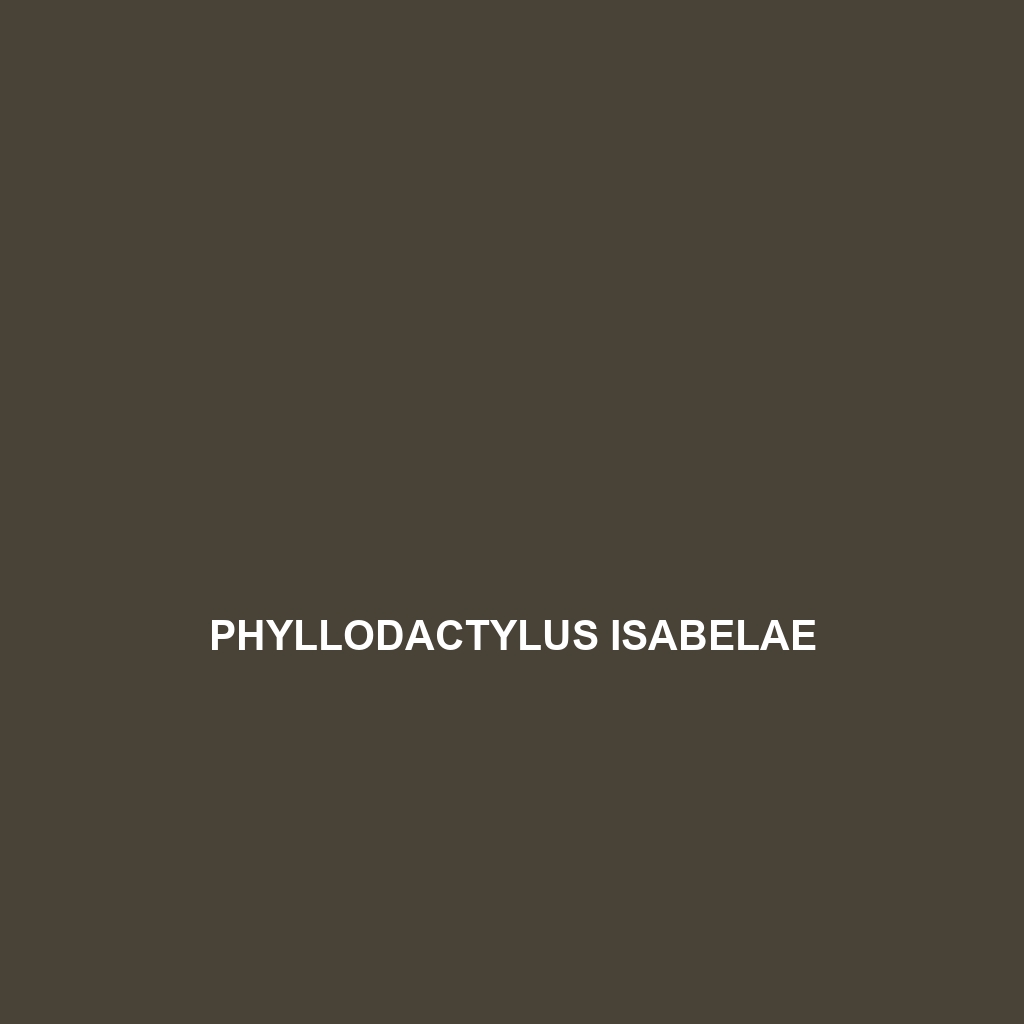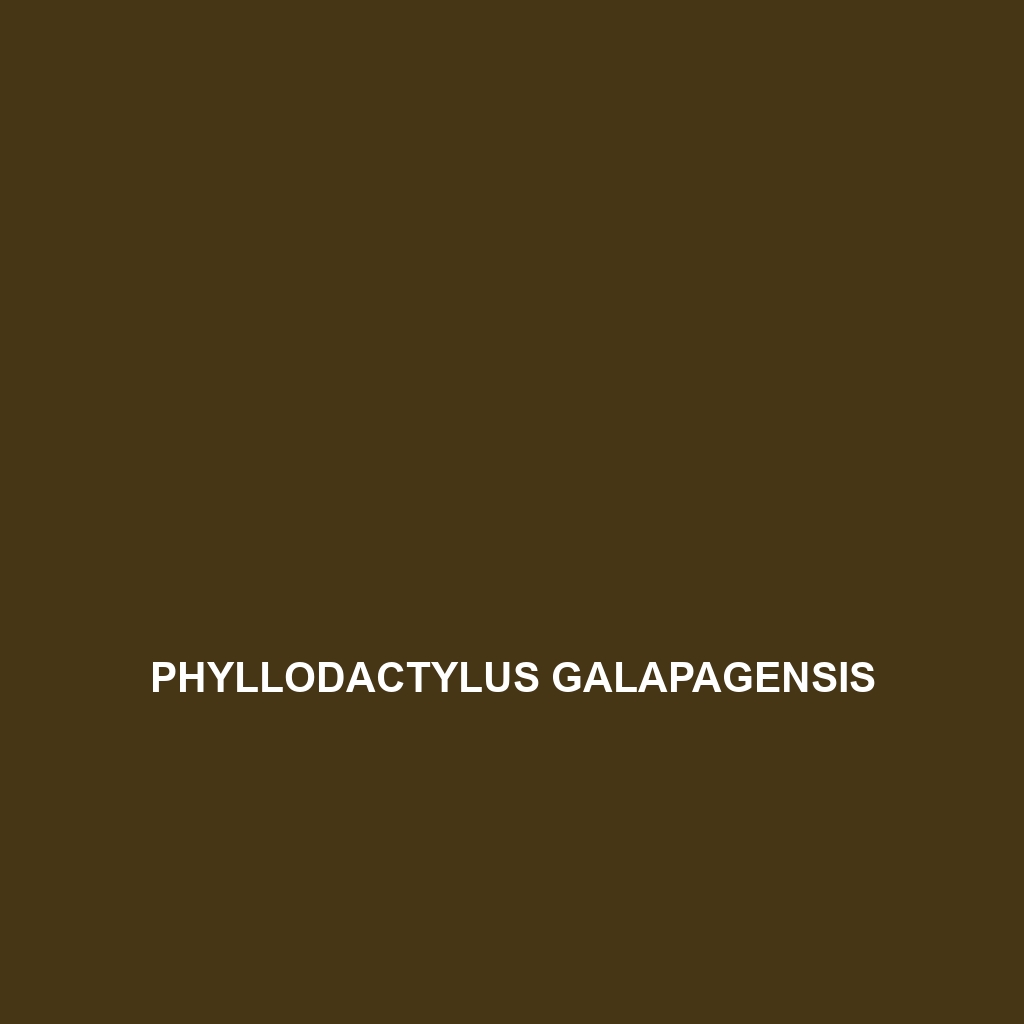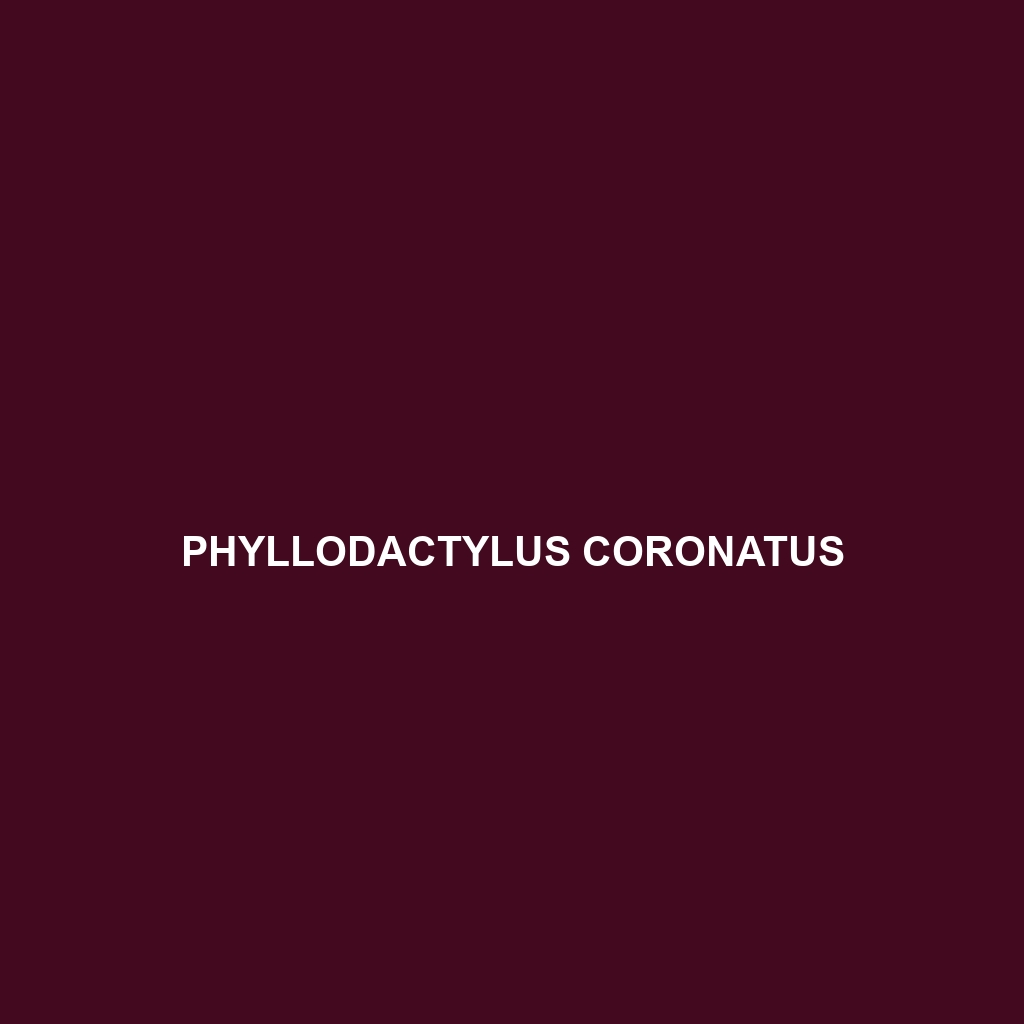The Phymaturus ceii, a medium-sized lizard native to the rocky, arid regions of Argentina's Patagonian steppe, showcases a robust body and remarkable camouflage, thriving as an insectivore in its semi-arid habitat while playing a crucial role in the local ecosystem. Currently classified as vulnerable, conservation efforts are essential to protect this unique species from habitat loss and fragmentation.
Tag: habitat conservation
Phymaturus aguanegra
<b>Phymaturus aguanegra</b>, a medium-sized lizard native to the temperate forests and rocky outcrops of Patagonia, showcases a robust body with deep gray or black coloration, aiding its camouflage in harsh, arid climates. This insectivorous species is primarily diurnal, exhibiting distinctive territorial behaviors during mating season, while facing threats from habitat loss, leading to its vulnerable conservation status.
Phyllopezus selmae
Discover the captivating Phyllopezus selmae, or Selma's leaf-toed gecko, a nocturnal insectivore native to Brazil's tropical and subtropical habitats. With its stunning camouflage, flattened body, and ability to regenerate its tail, this gecko plays a vital role in its ecosystem, balancing insect populations while serving as prey for larger predators.
Phyllodactylus wirshingi
Discover the unique Phyllodactylus wirshingi, a slender, nocturnal gecko native to Central and South America's rainforests and savannas, known for its vibrant green and brown camouflage, impressive climbing abilities, and a diet primarily consisting of insects. With a fascinating reproductive cycle and crucial ecological role, this species showcases remarkable adaptations that ensure its survival and contribution to biodiversity.
Phyllodactylus saxatilis
<p><b>Phyllodactylus saxatilis</b>, commonly known as the rock gecko, is a 4-6 inch insectivore inhabiting tropical regions like Eleuthera Island in the Bahamas. With its unique camouflage and nocturnal behavior, it plays a vital role in maintaining ecological balance by controlling insect populations and serving as prey for larger predators.</p>
Phyllodactylus partidus
Discover the Phyllodactylus partidus, also known as the Partid gecko, a vibrant and adaptable species thriving in tropical rainforests and coastal savannas. With its unique toe pads for climbing and a diet primarily consisting of insects, this nocturnal gecko plays a crucial role in its ecosystem while exhibiting fascinating behaviors and physical characteristics.
Phyllodactylus isabelae
<p><b>Phyllodactylus isabelae</b>, a striking gecko native to the rainforests and coastal regions of Central and South America, features vibrant colors, large bulbous eyes for enhanced night vision, and a unique ability to camouflage. This nocturnal insectivore plays a significant role in its ecosystem by regulating insect populations and serving as prey for larger predators.</p>
Phyllodactylus duncanensis
<p><b>Phyllodactylus duncanensis</b>, known as Duncan's Leaf-toed Gecko, is a vulnerable species found in the arid regions of the Caribbean, particularly around <i>San Andrés and Providencia</i>. This nocturnal insectivore, measuring 8 to 12 cm, is easily recognizable by its patterned skin and distinctive climbing ability, playing a crucial role in controlling insect populations within its ecosystem.</p>
Phyllodactylus coronatus
<p><b>Phyllodactylus coronatus</b>, known as the Coronated Leaf-toed Gecko, is a nocturnal insectivore native to the temperate forests and savannas of Central America, particularly Mexico and Guatemala. Characterized by its slender body, flattened toes, and camouflage coloration, this gecko plays a vital role in maintaining insect populations while adapting to diverse habitats.</p>
Phrynosoma hernandesi
Discover the Greater Short-horned Lizard (<i>Phrynosoma hernandesi</i>), an intriguing reptile known for its unique flattened body, distinct blunt horns, and remarkable camouflage abilities. Inhabiting temperate forests and grasslands across the western United States and parts of Canada and Mexico, this insectivorous lizard plays a vital role in its ecosystem by controlling insect populations while serving as prey for larger predators.

